Once a year, Ginza Motoji hosts an exhibition presenting a wide range of Japanese summer textiles, including Echigo-Jofu, Bashofu, Yaeyama-Jofu, and Miyako Jofu. For decades Ginza Motojis founder Koumei Motoji has been dedicated to these fantastic textiles, traveling all through the country from north to south to find them. We will be periodically publishing special discussions about the different types of Jofu, so stay tuned for updates.
(Part 1) - Discover, Touch, and Adorn Yourself with Jofu
(Part 2) - The Allure of Echigo-Jofu: Motoji’s Must-See Selection
(Part 3) - The Allure of Miyako-Jofu: Motoji’s Must-See Selection
(Part 4) - The Allure of Yaeyama-Jofu: Motoji’s Must-See Selection
(Part 5) - The Allure of Bashofu: Motoji’s Must-See Selection
This year's exhibition showcases the most extensive collection in the 43-year history of Ginza Motoji. We hope visitors will come and enjoy the event. It is so rare to see these textiles at all, let alone over 50 different items. In a traditional gallery or museum, they feel a million miles away behind barricades of glass. At Ginza Motoji you also have a chance to touch and feel these rare fabrics.
The founder of Ginza Motoji, Koumei Motoji will hereinafter be referred to as Koumei. His son, and the current owner of the store Keita Motoji will be referred to as Keita.
Keita "At Ginza Motoji, we hold an annual exhibition featuring summer textiles, and we have been preparing for this year's exhibition since last year. We have put exceptional effort into curating the collection this time."
Koumei “As Corona has finally settled down, people are looking forward to heading out this summer wearing their breeziest kimono. As the summer in Japan is extremely hot and humid, Jofu is favored by kimono lovers. We are confident we have the biggest collection of any store in Japan.”
Keita “Echigo-Jofu, Miyako-Jofu, Yaeyam-Jofu, and Basho-fu . Each of these textiles is backed by a fascinating story that begins with thread making, along with their respective histories and local characteristics.
With over 50 different pieces, there is a wide selection available. These items are so rare one doesn’t usually get a chance to choose between so many designs.

The elegant transparency of Miyako-Jofu shines under the sunlight. It is paired with a Basho-fu obi.

The ensemble consists of a Yaeyama-Jofu kimono paired with a Shina-fu obi. The charm lies in the combination of the white base fabric and the intricately dyed Kasuri threads in a rich crimson/brown color. It exudes a sense of elegance and allure.
Koumei “This event is probably the pinnacle of Ginza Motogi's 43-year history. In some regions, only three or four kimono are produced a year due to time consuming processes to complete them. Whether it's the bleaching the fabric white by placing the fabric on the snow for a week in Echigo, or the technique called kinutauchi which involved beating the fabric with a wooden mallet in Miyako. By visiting our store, you can see these fantastic fabrics up close with your own eyes, and feel them with your hands.

Echigo-Jofu, designated as an Important Intangible Cultural Property, requires one year for the production of the warp threads and ten months for the production of the weft threads.。
Keita Yes, I think of it as a museum where you can see, touch, and wear the textiles (laughs). Once considered fabrics only suitable for royalty and the upper classes, these noble textiles are by no means inexpensive. However, once you see the actual works themselves, you will understand their value.
Koumei I had the opportunity to write a series called "Kimono Journey" for the magazine "Mrs." 20 years ago. I saw how these textiles were produced from start to finish, I have a deep emotional attachment to these them. I am lucky enough to have experienced everything from yukizarashi, where they lay the woven fabrics out in the snow for over a week to bleach them in Echigo, to the technique of Kinuta-uchi in Miyako, where the fabric is beat over and over again with a wooden mallet to produce shine in the fabric. In Yaeyama the long bolts of fabric are placed in the sea for up to ten days, bleaching them a pure white due to the strength of the sun and the salt in the water.

Koumei Motoji wearing a traditional mino, or a straw raincoat and waraji, or straw sandals, maintaining the traditional atmosphere as he lays out the freshly woven jofu over the snow.
Keita I have been hearing this stories since I was in primary school (laughs). We would be happy to share them with you in multiple installments, so please look forward to it.
Koumei Once we start talking about Jofu, there's no stopping (laughs). Thank you, and please look forward to it.
 名古屋帯
名古屋帯
 袋帯
袋帯
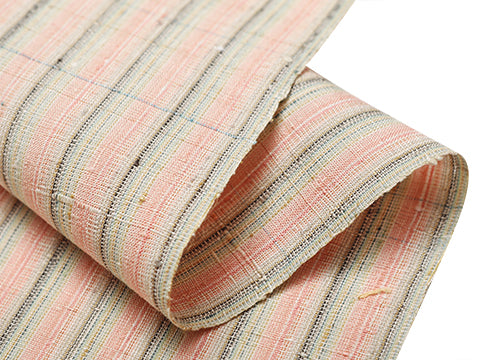 紬・綿・自然布
紬・綿・自然布
 小紋・江戸小紋
小紋・江戸小紋
 訪問着・付下げ・色無地ほか
訪問着・付下げ・色無地ほか
 浴衣・半巾帯
浴衣・半巾帯
 羽織・コート
羽織・コート
 肌着
肌着
 小物
小物
 履物
履物
 書籍
書籍
 長襦袢
長襦袢
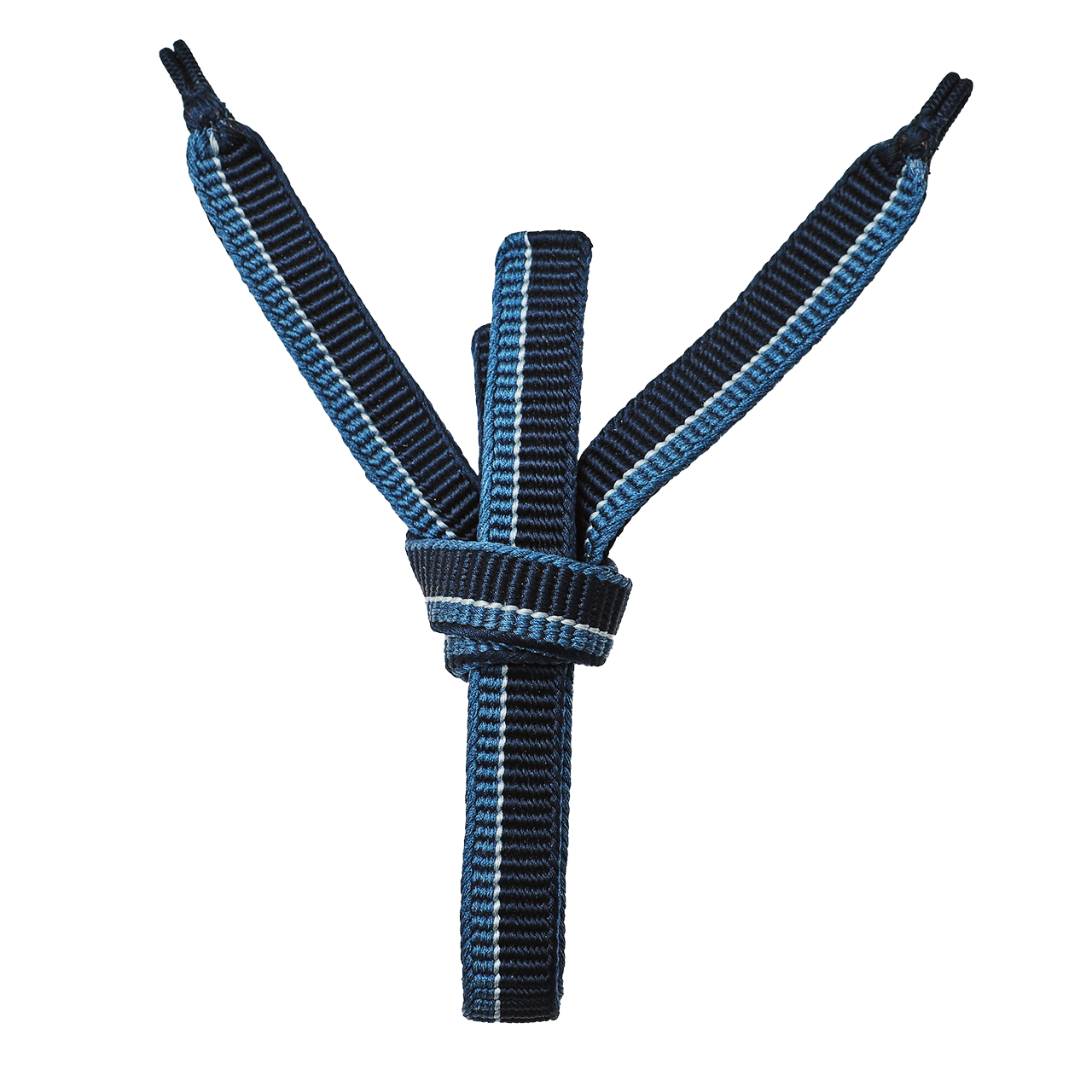 小物
小物
 帯
帯
 お召
お召
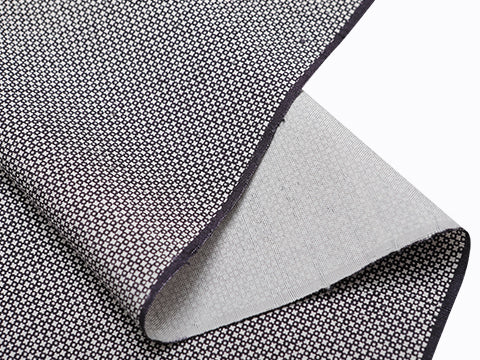 小紋・江戸小紋
小紋・江戸小紋
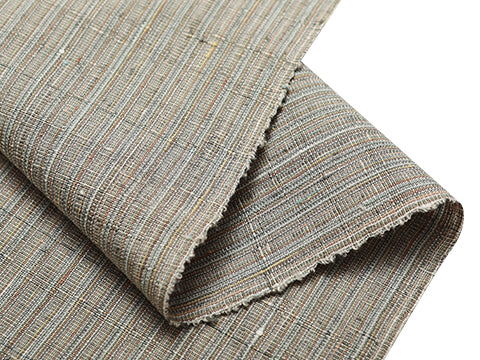 紬・綿・自然布
紬・綿・自然布
 袴
袴
 長襦袢
長襦袢
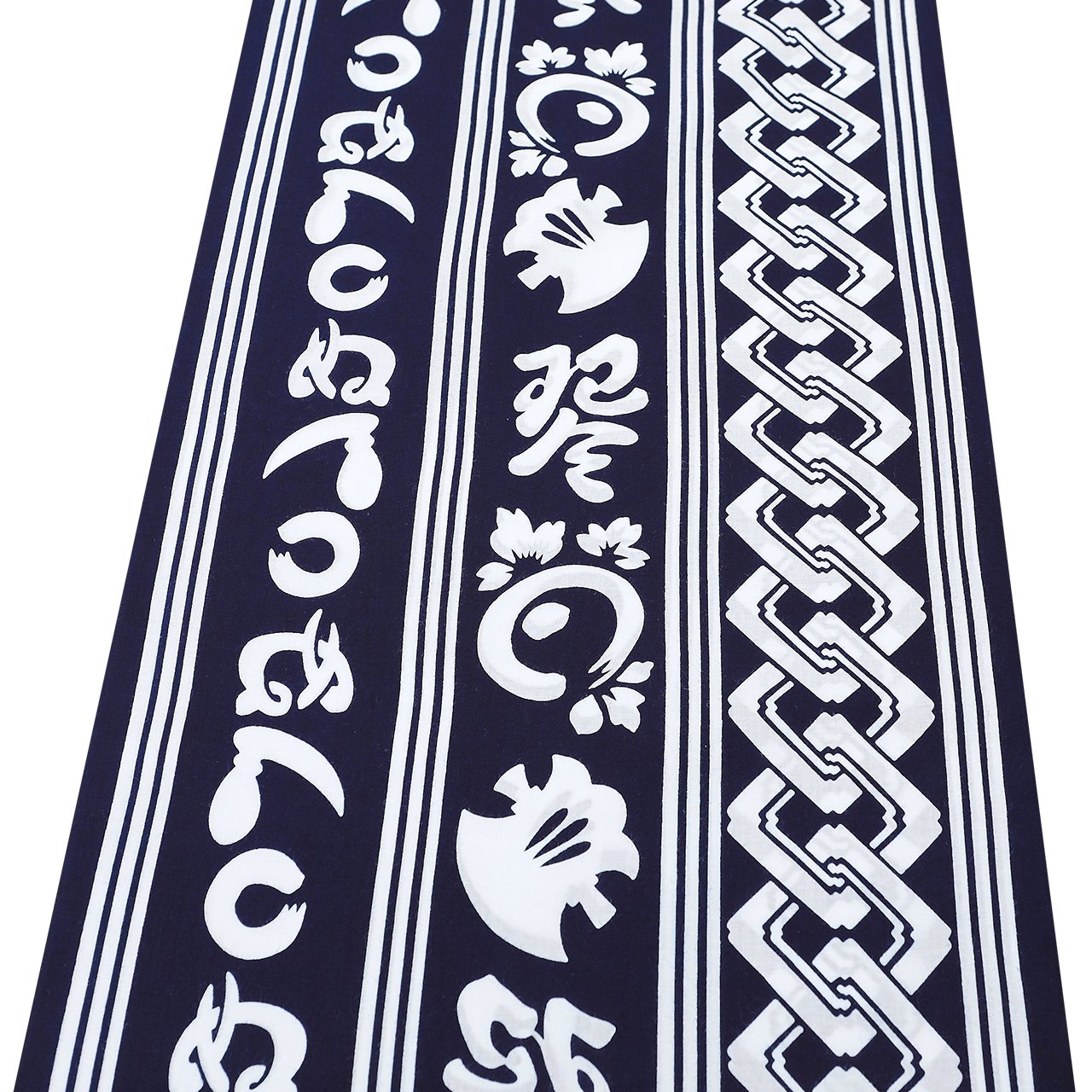 浴衣
浴衣
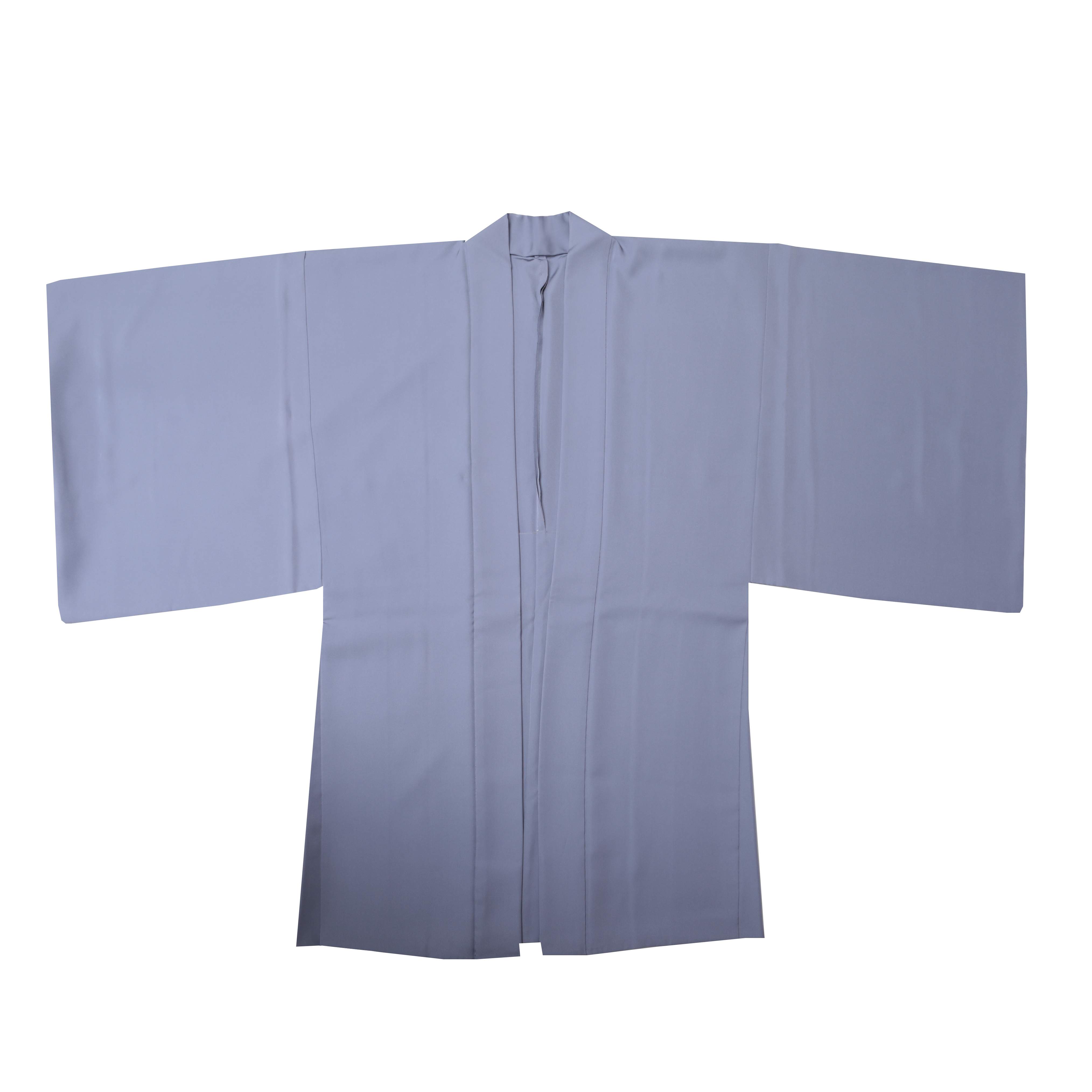 羽織・コート
羽織・コート
 額裏
額裏
 肌着
肌着
 履物
履物
 紋付
紋付
 書籍
書籍
